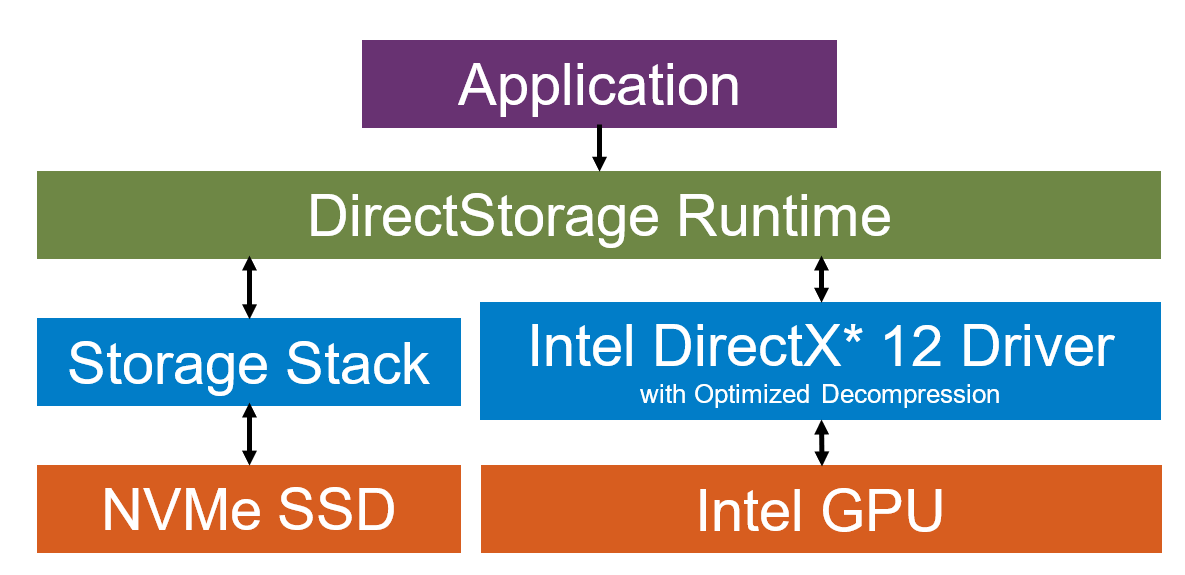DavidGraham
Veteran
More Ratchet RT analysis from Computerbase, with PS5 RT settings, a 4080 is 20% faster than 7900XTX, and the 3080 is 25% faster than 6800XT. However, the 3080 runs out of memory at 4K and becomes unplayable.
With max RT settings, the 4080 becomes 40% faster than 7900XTX, while the 3080 is 50% faster than 6800XT, and again at 4K the 3080 runs out of VRAM.

 www.computerbase.de
www.computerbase.de
With max RT settings, the 4080 becomes 40% faster than 7900XTX, while the 3080 is 50% faster than 6800XT, and again at 4K the 3080 runs out of VRAM.

AMD mit Raytracing in Ratchet & Clank: Rift Apart
Nach einem Patch beherrschen auch AMD-Grafikkarten Raytracing in Ratchet & Clank: Rift Apart. ComputerBase prüft die Leistung in Benchmarks.


